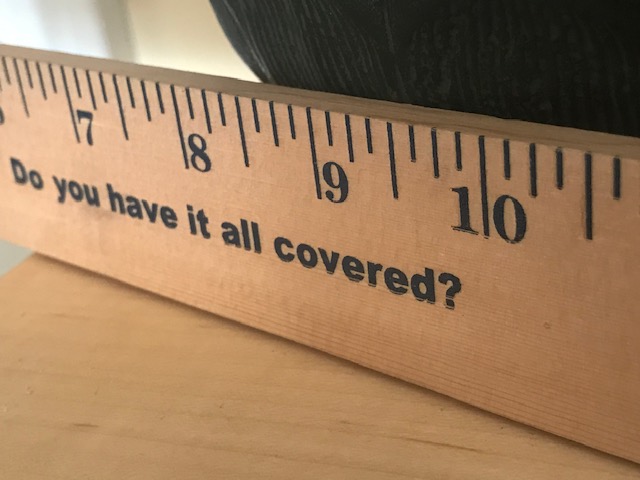
The magic number is 9. That’s how many US Presidents have won a first-term in the White House, secured their party’s nomination for a second-term, but failed to win re-election.
To refresh your memory, here are the 9, starting with the most recent and moving backward: George HW Bush; Jimmy Carter; Herbert Hoover; William Taft; Benjamin Harrison; Grover Cleveland; Martin Van Buren; John Quincy Adams; and John Adams.
To further refresh, I’ll remind you that I’ve done research on the factors they share as a group. My purpose is to give you a yardstick (remember those?) to help measure POTUS 45’s chances to become No. 10 as of November 2020.
Two things quickly appeared in my research. I’ll share one of them with you right now.
The previous election.
Yes, perhaps a bit surprisingly, the election in which the nine men first won the Presidency has an inordinate effect on the next presidential campaign where they subsequently lose to their opponent. Factors from the previous election revive and return four years later, or maybe never entirely disappeared at all. Whichever the case, they deal a death blow to the re-election hopes of these Nine.
The factors from a four-year old election can take many shapes and forms. A candidate, an issue, a cause, a trend, a scandal, a crisis, a personal trait, any or all of these can re-emerge from the previous election to hound the President four years later and freeze the first-term into one-term.
I can’t help but think of this finding when I read of the opening round of collective Democratic candidate events this week. It has the same feel as the Republican presidential campaign at a similar moment in 2015. A herd of candidates are unloaded onto a stage, each tied to a podium, for a televised event that, at best, is really a string of one-minute statements accompanied by poses and gestures. In the minds and perceptions of viewers, one candidate already stands out. The rest of the group strains to break away in hopes of leaving a meaningful, quotable, tweetable impression.
Freakishly, the thought conjures up memories from Republican debates in 2015-2016 where Donald Trump jumped ahead and stayed ahead in the nomination campaign. Even the numbers are comparable–seventeen candidates on stage, multiple events, quibbling about who goes into which event, and so forth. Don’t forget another thing: much of Trump’s momentum derived from the candidate events broadcast by network and cable television.
From the memory comes a question. Has the election of 2016 started to cast the front edge of its shadow onto 2020?
I’m not predicting POTUS 45 is the Tenth Who Loses. I’m only saying that the similarities of history found in the past are not limited to our easiest understanding. Think more creatively when deciding what the past does or doesn’t say about the future and its potential expression in the present. This is precisely why I gave you a rather lengthy list above of possible ways in which the previous election can re-appear to alter the next election.
Next time, I’ll share the second of the two dominant factors in the stories of the Nine Who Lost. Meanwhile, stay tuned for details on my upcoming Talkshop: “The Nine Who Lost–Public Moods, Media Moods, And The Yardstick For 2020.” This is where I’ll be guiding participants into the deeper water of the nine failed campaigns to see the role of the media’s and the public’s moods.
All the best, Dan







